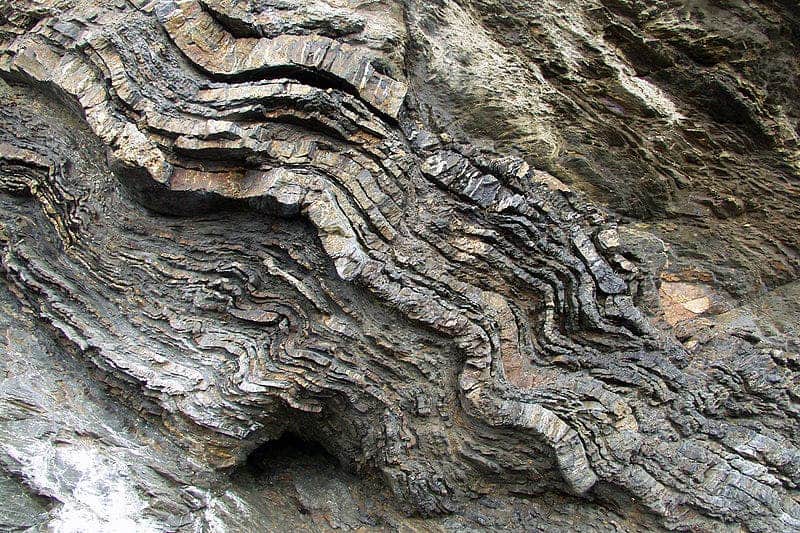
Some of these rocks are also the schist. Credit: Pixabay.
Ahhhh, geology. The noble art of hiking to rock, hitting rock with hammer, and then establishing its particular rockiness.
It’s quite a fun career, if occasionally physically intensive, but it’s peppered with long stretches where not much happens. Whether you’re hiking to an outcrop or hitching a ride to a nice formation, you have to pass the time somehow. Drinks are therefore much appreciated in the field of geology, but puns are a close second — especially when you need to stay productive.
I’m also a big fan of puns. So, today, I invite you to join in on the fun with a few geology puns that I find quite amusing. Audible groaning and eye-rolling aren’t only acceptable, they’re encouraged. Just give me a minute to dig some good ones up. I’ll make sure they’re all clastics.
To begin with:
Let’s whet your apatite
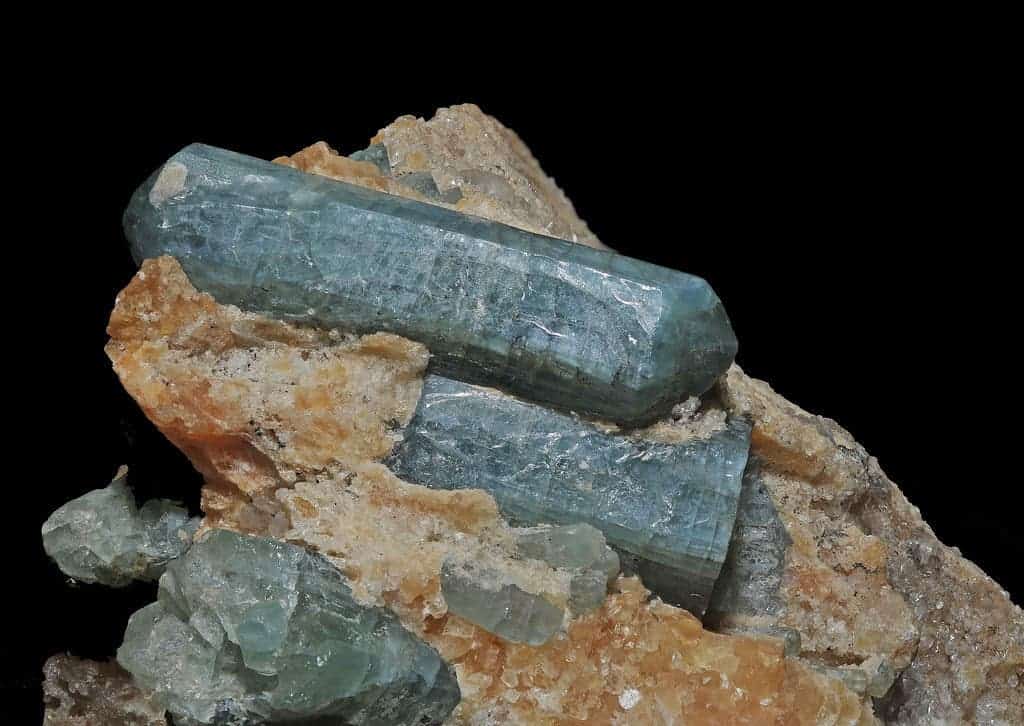
Apatite is a group of minerals rich in phosphorus and ions of other compounds and elements, such as fluorine, chlorine, or hydrogen-oxygen. While it can be very pretty, most apatites end up being crushed and processed into fertilizers. Sad.
One really geeky reason I love this pun is that apatite itself is a bit of a meta-pun. Apatite crystals aren’t particularly distinctive, so the mineral gets confused with other geological species quite frequently. In fact, its very name comes from ‘apatein’, an ancient Greek for ‘deceive’ or ‘dupe’.
Moving on swiftly, let’s talk about what motivates us to study geology in the first place:
We come for the cleavage and stay for the joints
So it’s pretty much like college!
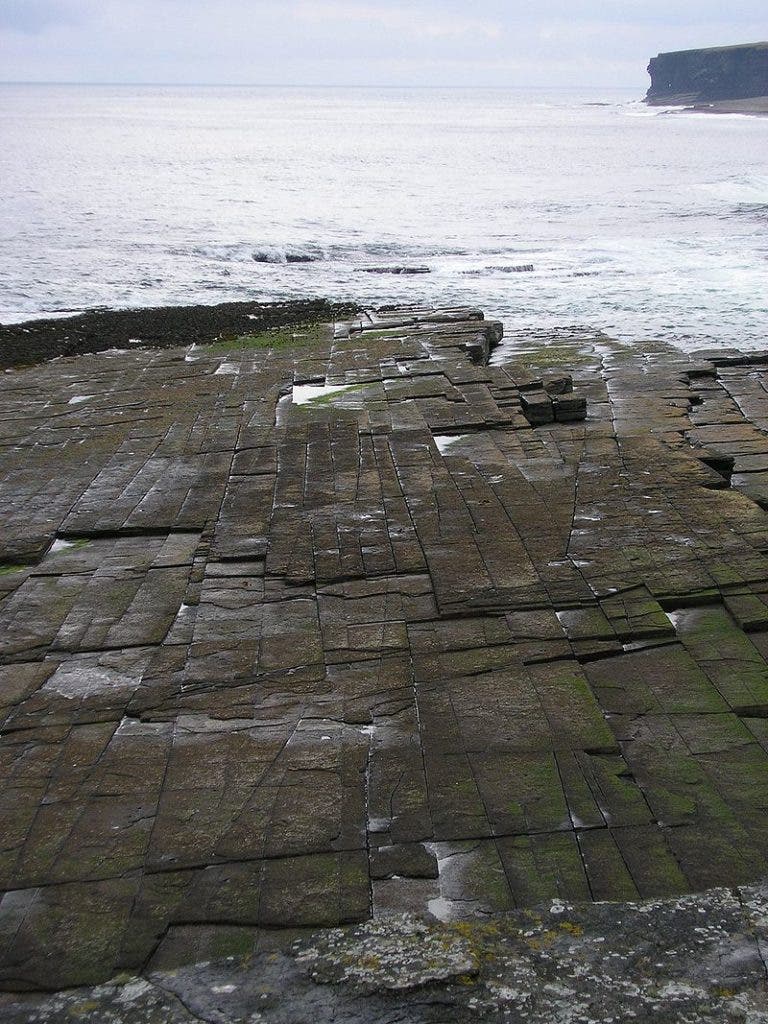
Unlike college (again, sad), ‘cleavage’ refers either to features in rock generated by pressure and heat if you’re a geologist, or to the tendency of crystals to split across certain planes if you’re more of a mineralogist. ‘Joints’ are fractures in rock, separating blocks that move relative to one another. They tend to form under tensile, rather than shearing, stress.
However, some of us never get into geology. And I get it. It may appear like there’s no need for new students, for new ideas, because
So many geologists are out standing in the field
Ehehehehe. They left no stone unturned. Maybe they’re really busy with
Thrusting in orogenous zones
Thrust faults are tears in rock formations whereby older strata are pushed above more recent ones. Orogenies, being mountain-building events, will definitely create such faults.
I think we may have hit rock bottom with this one. Forgive me, but not everything is borne of orogeny; sometimes
Igneous is bliss
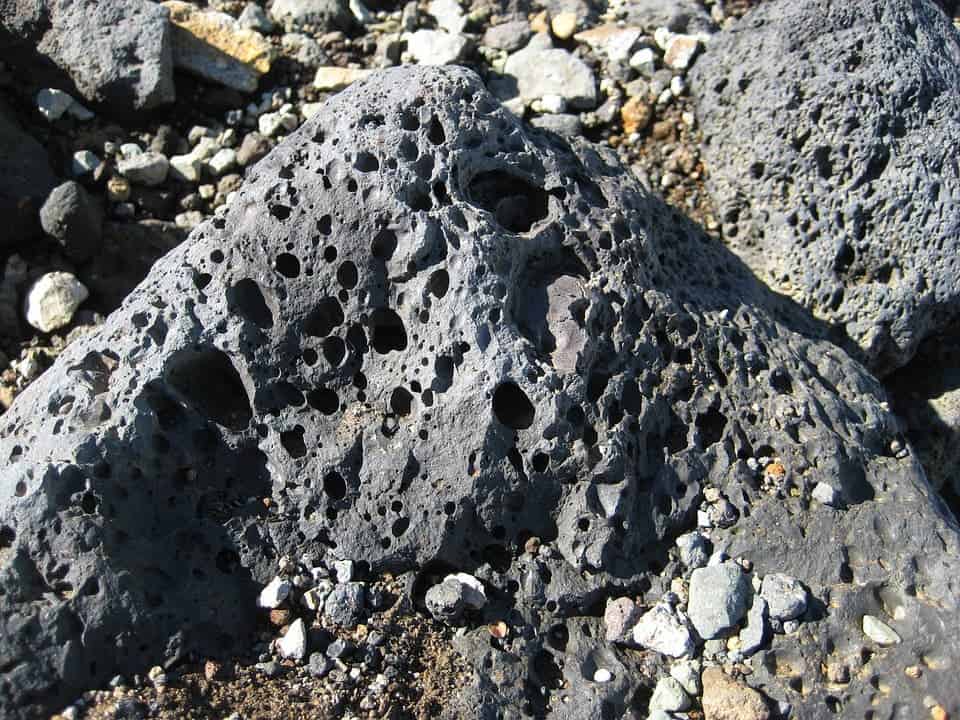
Image credits Angela Thomas.
I love my job.
Igneous rocks form from the cooling of magma deep inside the earth. They’re also known as magmatic or volcanic rocks (if they form from magma oozing out of a volcano). Still,
Studying volcanoes can be tuff
Tuff is basically rock-ified volcanic ash. Volcanoes spew out a lot of volcanic ash (and burning lava)!
And like with tectonic plates, dating a geologist can cause friction
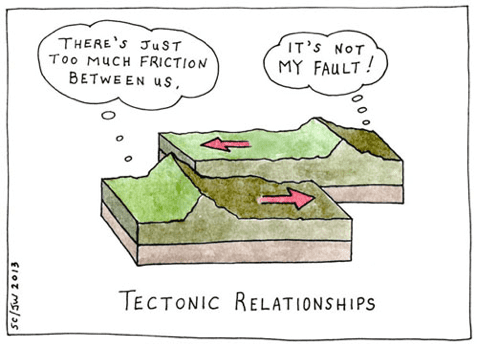
It’s well known that geologists do a lot of dating, carbon dating that is. Seriously, though, geologists make for great life partners. They’re really down-to-earth people.
Anyway, please remember to always name your WiFi “Yellowstone”
Because it’s a hotspot.
Puns — they’ll always be there when you hit rock bottom. Some people won’t like them, and they’ll smack you over the head if you try to make puns. They’re what geologists call karst holes.
If you know any good geology puns, don’t be afraid to share them in the comments below. And thank you for being this patient and understanding. We all have our faults, after all.
This article originally appeared in 2019 and was updated with new information.


